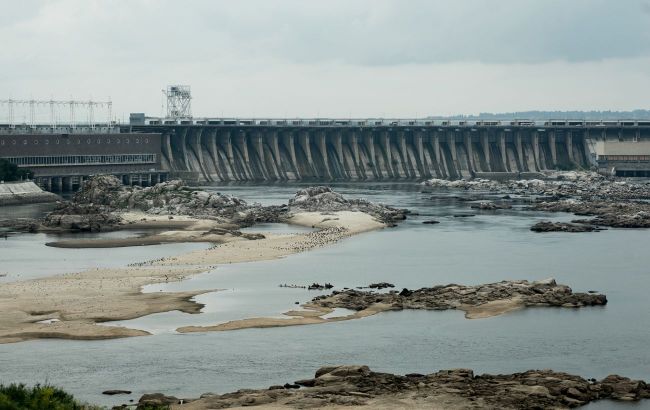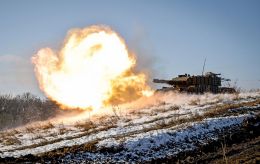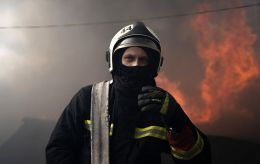'Such mistakes come at a high cost': Academician explains whether the Kahovka Reservoir should be restored
 Academician Yakiv Didukh explained whether it is necessary to restore the Kakhovka Reservoir (photo: GettyImages)
Academician Yakiv Didukh explained whether it is necessary to restore the Kakhovka Reservoir (photo: GettyImages)
In the summer, the Cabinet of Ministers adopted a resolution on the reconstruction of the Kakhovka Reservoir. According to expert estimates, it will take 8 years to fill it with water, during which time the area will become unsuitable for flooding as it will become overgrown with grass.
Academician of the National Academy of Sciences of Ukraine, geobotanist, and Doctor of Biological Sciences Yakiv Didukh discussed the feasibility of reconstructing the Kakhovka Reservoir and how to do it correctly in an exclusive interview with RBC-Ukraine.
Is it necessary to restore the Kakhovka Reservoir?
"The reservoir's area was 2.1 thousand square kilometers or 24% of the Dnipro reservoirs' total area, and the hydroelectric power plant generated 8% of the energy from the Dnipro reservoirs or 1% of the total electricity production in Ukraine. So, is it worth flooding such a large territory to generate so little energy?" Didukh claims.
He adds that it is only necessary to partially flood the reservoir to fill the water supply, make the Dnipro River navigable, and provide a cooling water basin for the nuclear power plant. Electricity is a secondary concern.
"We need to minimize the flooded area as much as possible, but not completely avoid it either. Hydrologists should calculate how much water is needed to perform the necessary functions, and ecologists should assess the losses. Additionally, we should evaluate the benefits and losses of different ecosystem services and make a well-considered decision," explains the academician.
Didukh notes that dams can be built in certain places or the riverbed can be deepened at the reservoir's location, but all decisions should be carefully considered.
"Everything needs to be calculated because we tend to focus on water and electricity, but we neglect environmental and other losses. Here, a balanced conclusion needs to be made because such mistakes come at a high cost and are irreversible. Various side effects must also be taken into account," emphasizes the expert.


This is what the Kakhovka Reservoir looked like in the summer (photo provided by Yakiv Didukh)
What will happen if the Kakhovka Reservoir is flooded again?
The academician explains that by the time Ukraine can restore the reservoir, these areas will already be covered with vegetation.
"In 8 years, there will be tall trees and tall grass. When these overgrowths are flooded, organic matter will decompose and pollute the air because the water flow is insignificant. Although these are not the scales that cause temperature increases, it contradicts the doctrine of environmental protection and climate change mitigation," Didukh states.
Hydrologists say that water bodies have a positive impact on the climate, but forest ecosystems also play a role, and there is even a hypothesis that the forest pump injects moisture and contributes to increased precipitation.
"All these aspects need to be calculated and evaluated in the form of different scenarios, and then a well-considered decision should be made. Today, it is a global practice to develop various scenarios, including negative ones, and select the optimal option," explains the academician.
You can also check out new photos and videos from the Kakhovka Reservoir.

